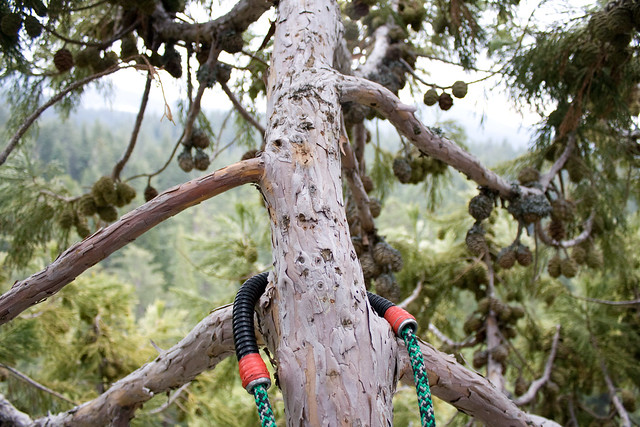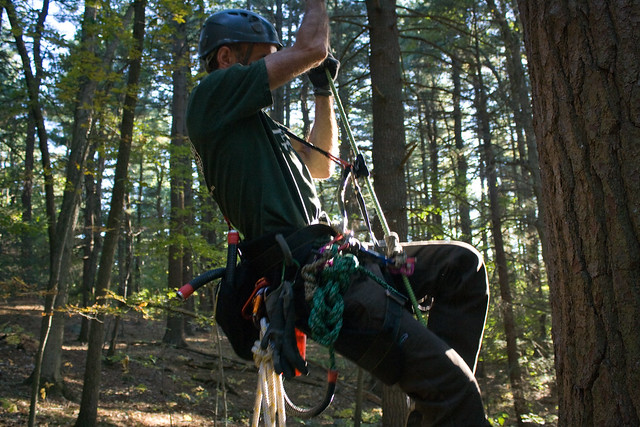Tree Machine
Addicted to ArboristSite
I love that, though it seems it will only do SRT. Could that invention be 'reinvented' to accommodate not only the one line, but the option of one OR two? And could it be made to apply and remove midline instead of having to feed the rope's end through? I'm just thinking the guy doing a 40 foot ascent and all he's got is his 200 foot rope. That would mean (SRT) 40 feet up, 40 feet down leaves 120 feet of line to feed through before the climb can start, or pre-feed the device 80 feet in and THEN set the rope.
Can spliced terminations fit through the device?
Again, I think the innovation is grand. I tend to shoot for the practical, though, as well as the versatile.
There are a LOT of SRT devices out there. Good ones. Rated. Time-tested.
To have a single device that applies mid-line, accomodates SRT, DbRT, or DdRT and does both (frictionless) ascent and (precision control) descent with convenient soft-lock and hard-lock options, now there's an invention that needs inventing. This does not exist that I know of, and anyone, please correct me if I'm wrong. That piece would set professional tree climbers in a truly unique class. And it should have a handle so you don't have to rely entirely on your hand grip on the rope.
Right now we're 30 years behind other disciplines. We have some incredibly resourceful climbers, I think it's possible.
Can spliced terminations fit through the device?
Again, I think the innovation is grand. I tend to shoot for the practical, though, as well as the versatile.
There are a LOT of SRT devices out there. Good ones. Rated. Time-tested.
To have a single device that applies mid-line, accomodates SRT, DbRT, or DdRT and does both (frictionless) ascent and (precision control) descent with convenient soft-lock and hard-lock options, now there's an invention that needs inventing. This does not exist that I know of, and anyone, please correct me if I'm wrong. That piece would set professional tree climbers in a truly unique class. And it should have a handle so you don't have to rely entirely on your hand grip on the rope.
Right now we're 30 years behind other disciplines. We have some incredibly resourceful climbers, I think it's possible.

























































